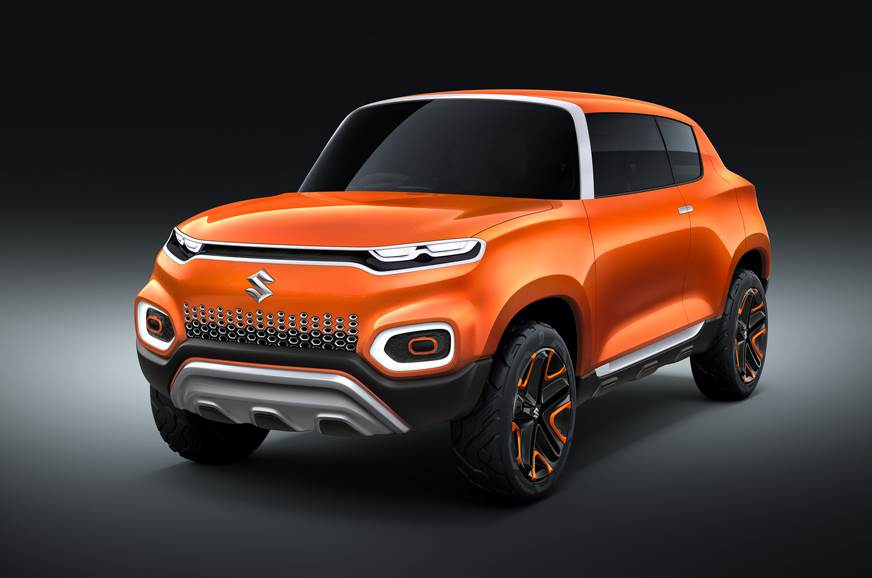Maruti Suzuki made waves when it displayed the Future S concept SUV at the 2018 Auto Expo. Here was a concept previewing an SUV measuring under four metres in length but still presenting an imposing stance. Now, we can tell you that the production version of the Future S is expected to be launched in 2019.

Going by the concept it’s based on, the body style of the production-spec Future S will be unmistakably SUV, with its upright stance, high bonnet line and wide haunches. With a length and wheelbase similar to the Ignis, the Future S is clearly a compact SUV and, like the Vitara Brezza, is intended to take advantage of the tax benefits offered to cars with a length less than four metres. However, the Future S is dimensionally smaller than Vitara Brezza and aimed a segment below, where it will square up against conventional hatchbacks.
It’s a clear sign that Maruti, known for its conventional hatchbacks, is now training its sights on the SUV segment. The increasing preference for SUVs as a body style across the spectrum of the market is driving this new design direction. Currently, the only SUV Maruti has in the market is the Vitara Brezza.
The concept featured an upright stance, a high seating position and a vertical A-pillar, which, along with the high mounted lights, big wheel arches and well defined haunches, could make it to the production version.
It will be built on Suzuki’s lightweight Heartect platform and is likely to come with only a 1.2-litre petrol engine at launch. The Future S is believed to be packaged for some form of electrification as well.
The Future S-derived family of cars is unlikely to replace any car in Maruti’s existing line-up and will co-exist alongside its bread-and-butter models such as the Celerio, Wagon R and Swift. When it is launched closer to Diwali next year, prices for the Maruti micro-SUV are likely to start at Rs 5 lakh.
Comments
Post a Comment